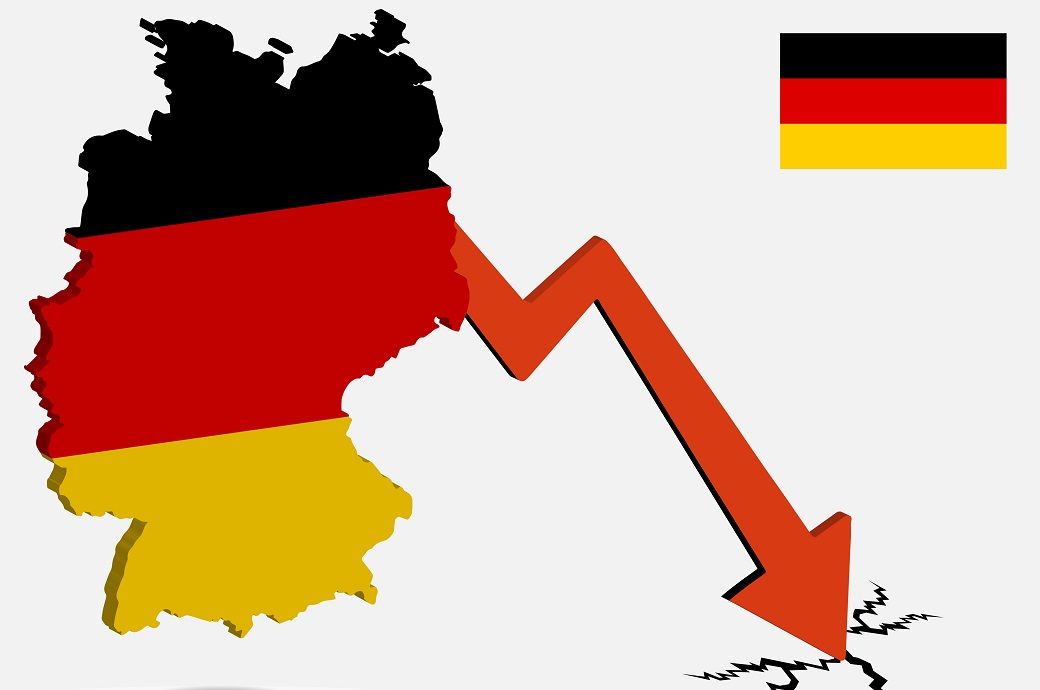Germany’s economy has been in recession for two years, with revised national accounts showing a deeper crisis than earlier reported. The economy stagnated in early 2025 but appears to have bottomed out. Growth is weighed down by high unit labour and energy costs, a skilled-worker shortage, and falling competitiveness, preventing a broad-based recovery.
Private and public consumption have provided stability since 2024, supporting service-sector activity. However, manufacturing remains weak. The new government’s loosened debt rules will provide fiscal stimulus in the coming years.
Germany’s GDP is forecast to grow 0.2 per cent in 2025, 1.3 per cent in 2026, and 1.4 per cent in 2027. Unlike previous cycles, exports are no longer the key growth driver, with domestic demand carrying the upswing. Without reforms, potential output growth could slow to just 0.2 per cent annually by 2030, ifo said in a release.
Globally, US tariff policy remains a major headwind. Although new trade agreements offer some predictability, higher tariffs have become entrenched. After strong front-loaded imports, global growth is expected to slow to 2.6 per cent in 2025 and 2.3 per cent in 2026, before a mild rebound to 2.5 per cent in 2027. Emerging markets are set to outperform advanced economies.
Key risks include renewed US-EU trade tensions, which could trigger further economic strain. Domestic risks stem from uncertain fiscal outcomes—excessive deficits could hurt confidence—while upside potential lies in supply-side reforms that boost labour participation and modernise state functions.
Germany’s economy has stagnated after a two-year recession, with structural issues—high costs, labour shortages, weak investment—limiting recovery.
Fiscal stimulus may lift growth to 1.3 per cent in 2026 and 1.4 per cent in 2027, but exports stay weak.
Global growth faces US tariff headwinds, and risks include renewed trade tensions and fiscal slippage.
Fibre2Fashion News Desk (HU)
